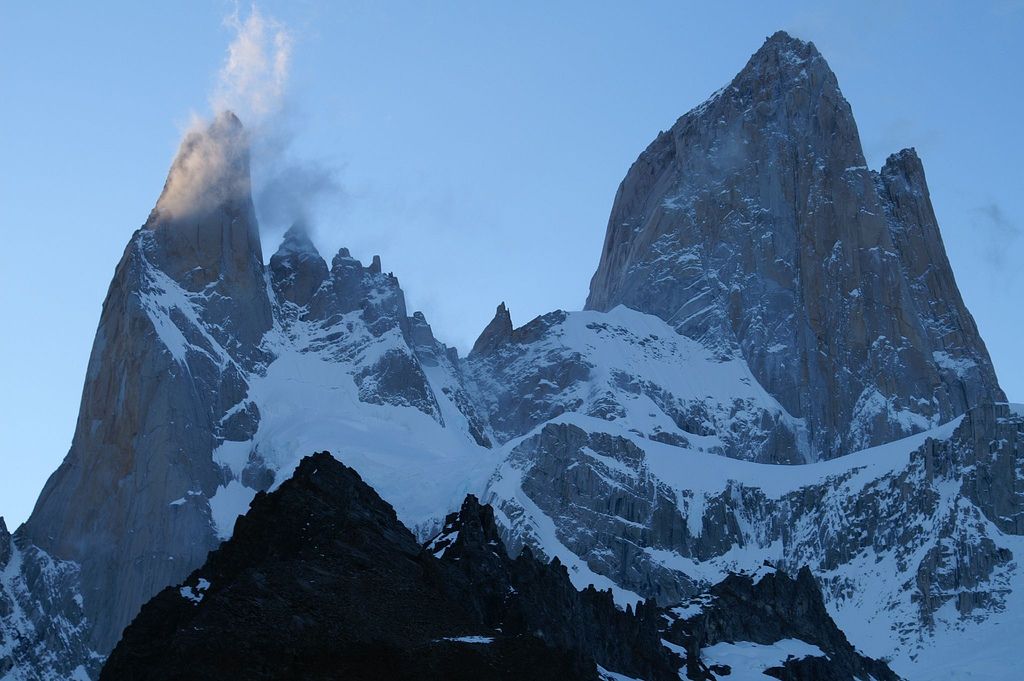High altitude genetic juggling
Tibetans and Incas are so well a dapted to their high altitude homes that the low oxygen levels don’t even faze them, but for those of us living near sea level, traveling up to the mountains can put a lot of stress on our bodies. Even so, we can still do some of our own short-term biological adjustments, and a new study published today in PLoS ONE identifies some of the specific genetic changes that are involved in this high altitude acclimation.
dapted to their high altitude homes that the low oxygen levels don’t even faze them, but for those of us living near sea level, traveling up to the mountains can put a lot of stress on our bodies. Even so, we can still do some of our own short-term biological adjustments, and a new study published today in PLoS ONE identifies some of the specific genetic changes that are involved in this high altitude acclimation.
The research team, composed of 26 scientists from institutions in China and Denmark, studied four climbers of Himalayan peak Mount Xixiabangama, which rises 8,012 meters, or 26,286 feet, above sea level. (For comparison, Mount Everest is 8,848 meters tall.) They collected blood samples before, during, and after the trip, which took almost 30 days, and then determined how the climbers’ gene expression – which genes were “on” or “off” – changed over time.
Changing gene expression is one of the fastest ways to adjust to a new environment or situation. The DNA itself can’t change to accommodate rapidly developing needs, but gene expression is can change quickly and plays a large role in determining how a cell behaves. By looking at the climbers’ gene expression, the researchers aimed to find out which genes were most important for the physiological changes that helped the climbers temporarily adjust to life at high altitude.
The results showed a complex network of expression changes, particularly for genes involved in red blood cells and inflammation, which makes sense given the unique rigors of high altitude climbing. As a climber myself (though not nearly to the same extent as those in this study), I’m now left with the question of how my own gene expression may change while I’m on the wall.
Citation: Chen F, Zhang W, Liang Y, Huang J, Li K, et al. (2012) Transcriptome and Network Changes in Climbers at Extreme Altitudes. PLoS ONE 7(2): e31645. doi:10.1371/journal.pone.0031645
Image source: Rupert Taylor-Price on Flickr
